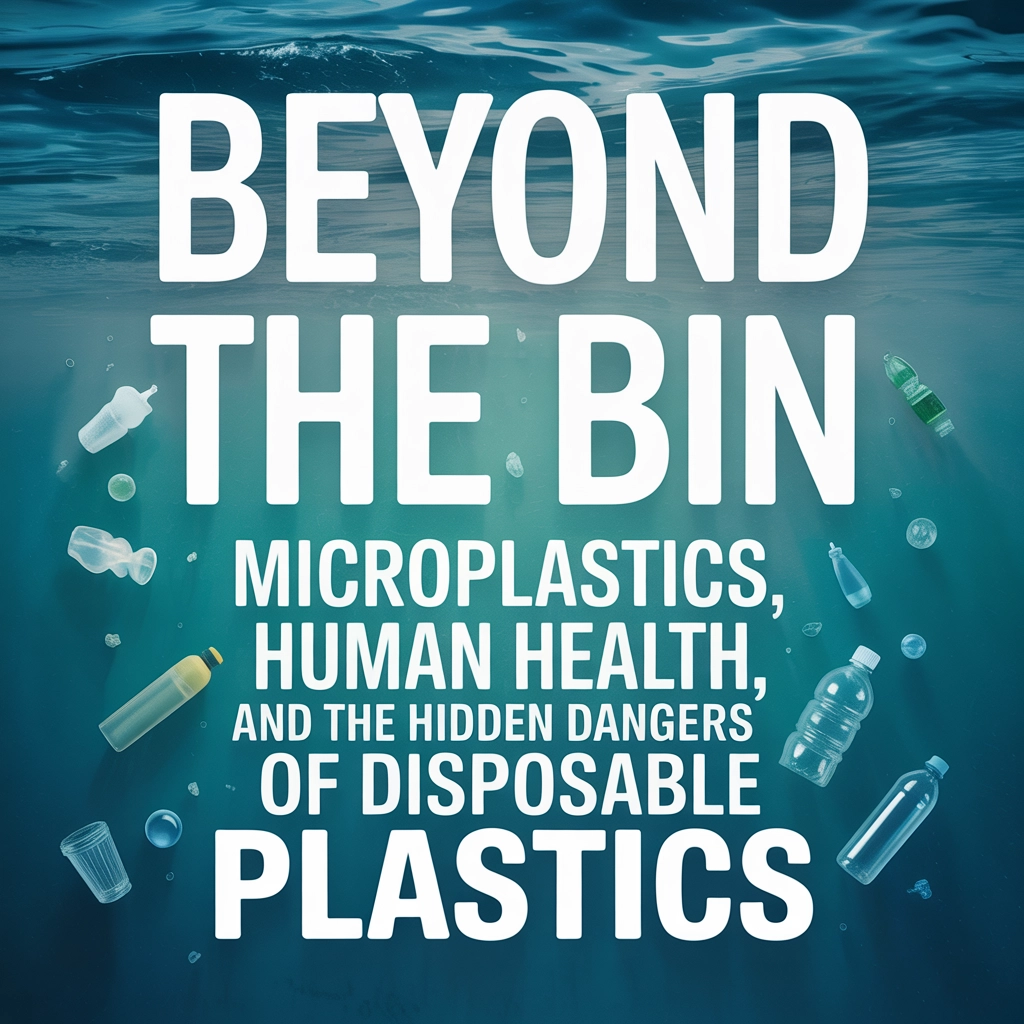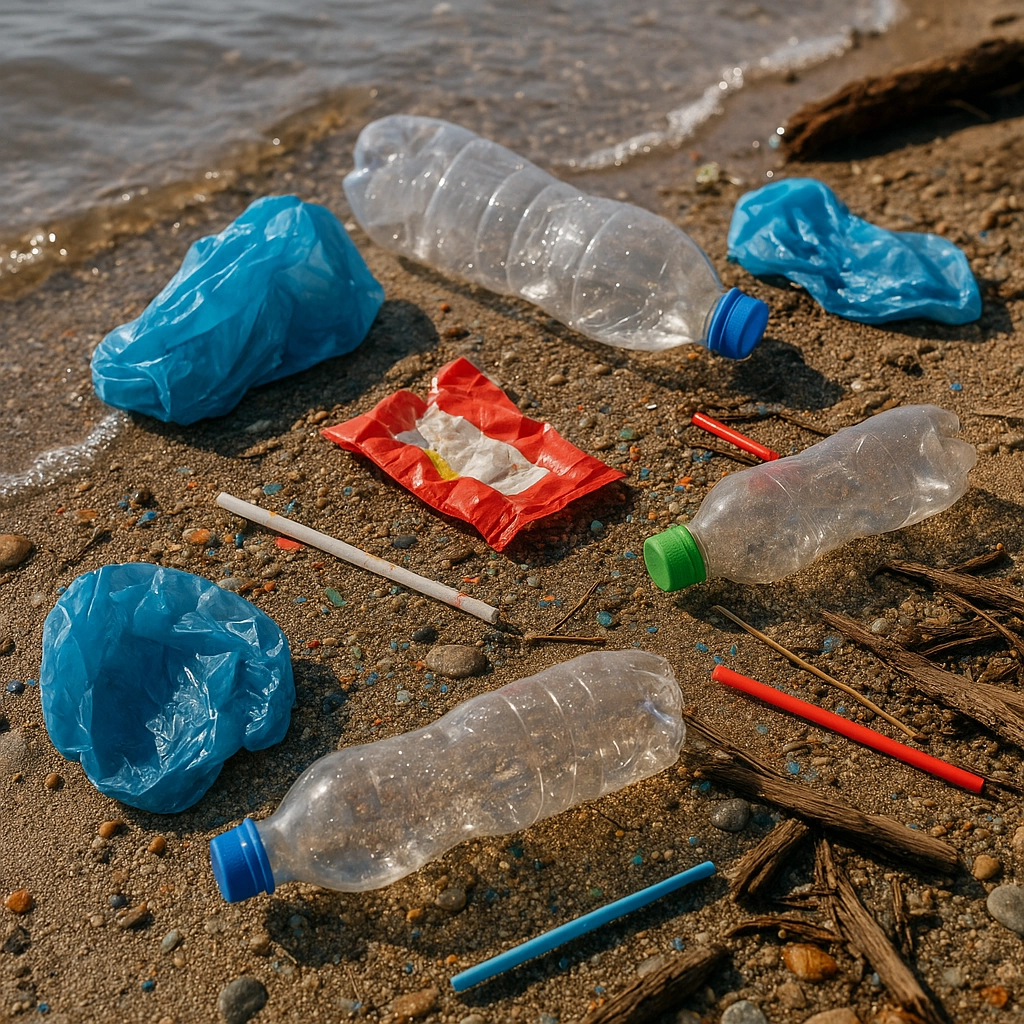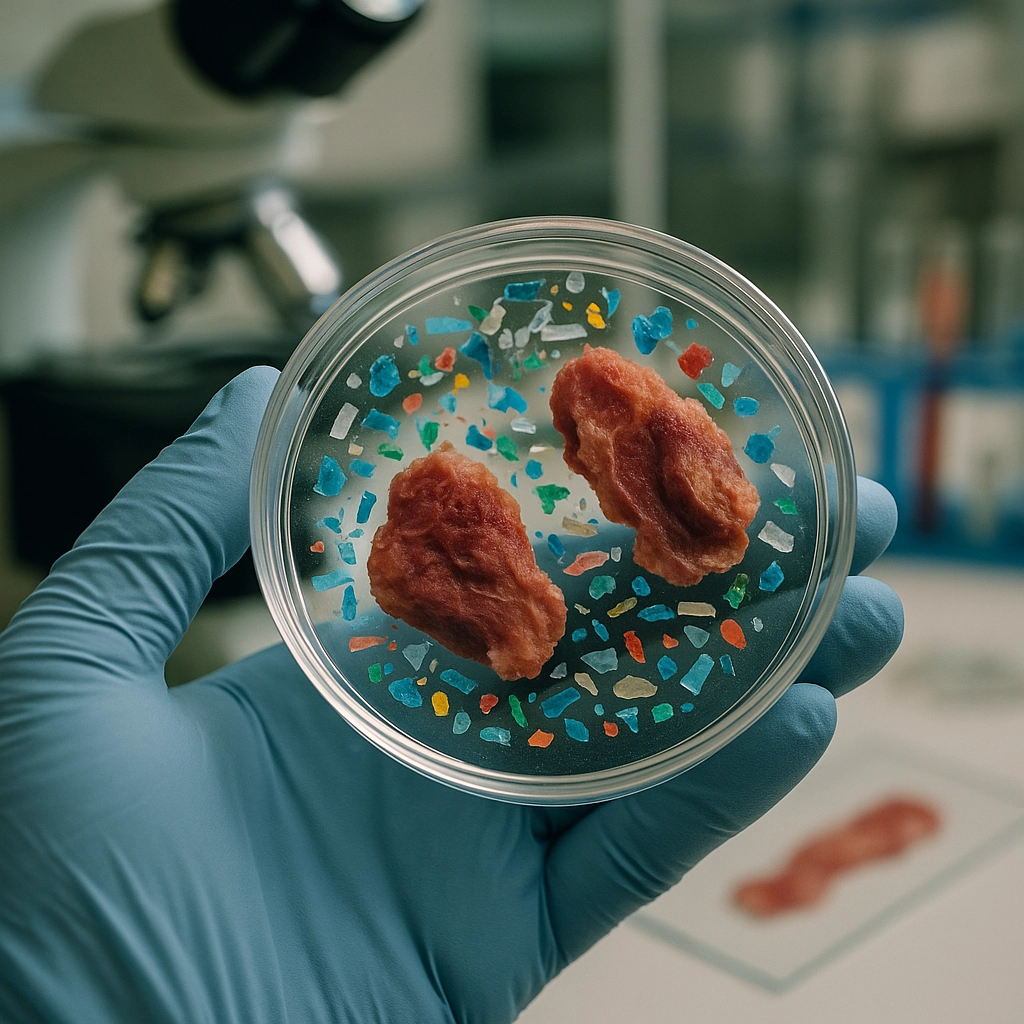
Microplastics have quietly become one of the most worrying environmental and health hazards of our era. While plastic bottles, packaging, and cutlery might get most of our attention when thinking about waste, it’s the invisible residue—microplastics—that’s infiltrating our bodies and ecosystems at an alarming rate. These tiny particles are everywhere, operating below the radar of most recycling campaigns and clean-up efforts, and scientists are only just beginning to grasp the true scale of their impact.
What Are Microplastics and How Do They Form?
Microplastics are plastic particles less than five millimetres in length—about the size of a sesame seed or smaller. They’re formed when larger pieces of plastic degrade over time, primarily due to sunlight, friction, and other environmental factors. However, they don’t biodegrade; instead, plastic just breaks down into smaller and smaller fragments.
Disposable plastics such as single-use bags, wrappers, straws, water bottles, and even items like wet wipes and personal care beads are major sources for these particles. Every time these products become litter or are inadequately processed through waste streams, they start the slow journey of breaking apart and releasing fragments into the environment.

But the shedding isn’t just happening in landfills or polluted beaches; microplastics are released from our clothes in the wash, scuffed from plastic packaging, and even created by tires abrading against roads. These fragments then migrate into waterways, soil, air—and ultimately, our own bodies.
How Microplastics Enter the Human Body
The reach of microplastics is stunningly pervasive. Particles have been found in human lungs, intestines, brain, breastmilk, blood, and even in the first stools of newborn babies—meaning we’re exposed before we’re even born.
There are three main routes for these particles to enter our system:
- Ingestion: Microplastics are found in a variety of foods and beverages, with seafood, table salt, honey, bottled water, and even some fruits and vegetables topping the list. Marine life, in particular, accumulates and transfers microplastics up the food chain, resulting in humans ultimately consuming them.
- Inhalation: Airborne microplastics, coming from synthetic clothing, industrial emissions, and urban dust, are present both indoors and outdoors. Simple acts like breathing in a city street or handling textiles can lead to accidental inhalation.
- Dermal Exposure: While skin forms a good barrier, ongoing research is investigating whether extremely small nanoplastics can penetrate deeper tissue layers, particularly through wounds, abrasions, or with frequent exposure.
A 2024 study revealed plastic particles in major organs, urine, breastmilk, and the placentas of newborns and their mothers—demonstrating the breadth of human exposure.
The Health Impacts: What Science Tells Us So Far
For years, scientists questioned whether the mere presence of microplastics in bodies was a concern, but mounting research is revealing clearly hazardous effects.
Cellular and Gene Damage
On a microscopic level, microplastics can irritate, inflame, or even puncture cells. This physical damage is particularly problematic in fragile tissues like the intestines and lungs. Once inside, microplastics can trigger harmful changes in gene expression, potentially paving the way for diseases over time. Experimental models have shown effects such as oxidative stress (which can damage DNA), organ dysfunction, immune responses, and even reproductive and neurological toxicity.
Toxic Chemicals: The Trojan Horse Effect
Microplastics carry a hazardous cocktail of chemicals, including well-documented carcinogens and endocrine disruptors like Bisphenol A (BPA), phthalates, and polyvinyl chloride. Many of these additives can leach from the plastic into bodily tissues, disrupt hormone function, and accumulate in organs.
These chemicals are not only dangerous by themselves but also have the potential to magnify the toxicity of other pollutants. For example, microplastics can act as sponges for heavy metals or persistent organic pollutants, delivering them more efficiently into the body.
Disease Associations and Known Risks
Emerging evidence is linking microplastic exposure with a range of health conditions:
- Cardiovascular Disease: A major 2024 study found microplastics in arterial plaque correlated with higher risks of heart attack, stroke, and death following cardiovascular surgery.
- Digestive Problems and Microbiome Disruption: Microplastics appear to disrupt the balance of the gut microbiome and contribute to inflammation and damage to digestive organs.
- Hormonal Imbalance: Chemicals from plastics can mimic or block hormones, affecting metabolism, thyroid function, and fertility.
- Respiratory Disorders: Inhaled microplastics can lodge in lung tissue and are suspected to contribute to respiratory ailments.
- Suspected Cancer Links: Reviews suggest microplastics are associated with elevated risks of colon and lung cancer, although definitive long-term studies in humans are still ongoing.
- Reproductive Harm: Animal models have demonstrated impacts on fertility and development, while some early human research points to similar concerns.

The Special Threat of Disposable Plastics
Single-use plastics—those designed for brief convenience and extended environmental harm—are fuelling the global microplastic crisis. Packaging, shopping bags, drinks, take-out containers, and countless other disposable items account for nearly half of today's plastic production. The pattern is predictable: use for minutes, persist for centuries.
When these objects are littered or landfilled, they slowly break down, creating trillions of micro- and nanoplastic particles over time. Wastewater treatment plants and waste incinerators are unable to fully capture these particles, which flow freely into rivers, lakes, oceans, soil, and the air.
Disposable plastics don’t just harm the environment—they create a direct pathway for microplastics to return to us, cycling continually through our food, water, and even indoor spaces.
Beyond the Bin – Cascading Effects on Ecosystems and Health
It's not simply a human health issue. Microplastics cascade through entire food webs:
- Marine Life: Many fish and shellfish consume microplastics, leading to digestive problems, reduced nutrition, and in some cases, increased mortality.
- Food Chain Transfer: Animals ingesting microplastics can pass them along to predators—including humans—concentrating these particles with each step up the food chain.
- Soil Health: Microplastics in soil may affect earthworms and soil microbes, which play critical roles in agriculture and crop health.
- Chemical Amplification: Microplastics in aquatic environments can concentrate pollutants like cadmium and PCBs, creating “toxic hot spots” that amplify environmental harm.

Steps to Reduce Exposure and Spur Change
Adopting a microplastic-free lifestyle is a tall order, but practical steps can make a meaningful difference individually and collectively:
- Ditch Single-Use Plastics: Refuse disposable cutlery, packaging, and take-away containers. Support businesses and policies promoting plastic alternatives. Learn more about sustainability initiatives at Team Britannia PR's Sustainability Page.
- Choose Natural Materials: Opt for natural fibres (cotton, wool, bamboo, hemp) in clothing and textiles; these shed fewer microplastics than polyester or nylon.
- Filter Drinking Water: Invest in filters proven to capture microplastics, such as those using activated carbon or reverse osmosis.
- Use Microfiber-Catching Laundry Bags: Special washing machine bags trap many microfibres shed during clothing washes, preventing their release into wastewater.
- Store Food in Glass or Metal Containers: Reduces food contamination from plastics, especially for hot or acidic foods.
- Support Plastic Reduction Policies: Advocate or vote for laws that regulate plastic production, manage waste, and hold polluters to account.
- Boost Detoxification: Support your body’s own defences with antioxidants and nutrients like beta carotene, selenium, and L-methionine, which help counteract some plastic-related oxidative stress.
Looking Forward: Changing the Course
Microplastics have already travelled beyond the bin into every corner of the planet and our own bodies. While the health impacts are more serious and extensive than previously realised, solutions are within reach. With greater public awareness, smarter personal choices, and support for systemic change, we can help reduce plastic pollution at its source.
Team Britannia PR is committed to advancing the conversation around sustainability and the health impacts of pollution. For more details on our ongoing environmental initiatives and how your organisation can get involved, visit our sustainability page.
If you’d like to know more or collaborate on raising environmental awareness, reach out through our contact page. Together, we can help move beyond single-use plastics and ensure a healthier future for generations to come.
